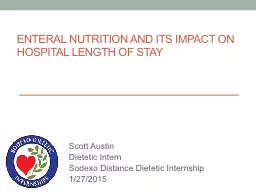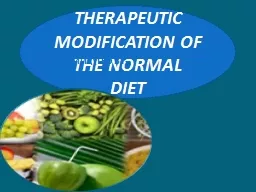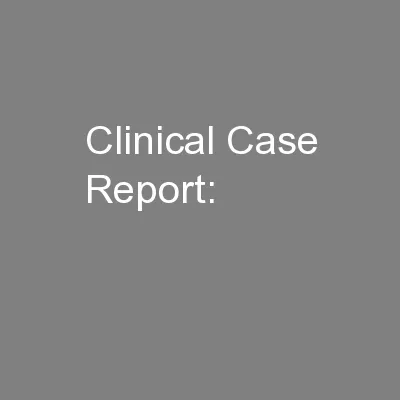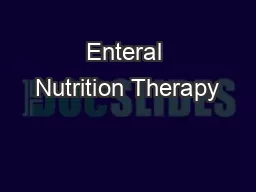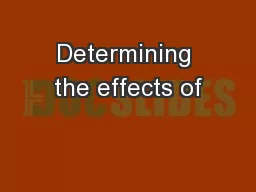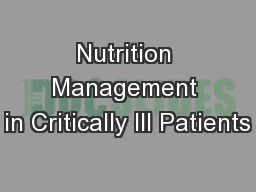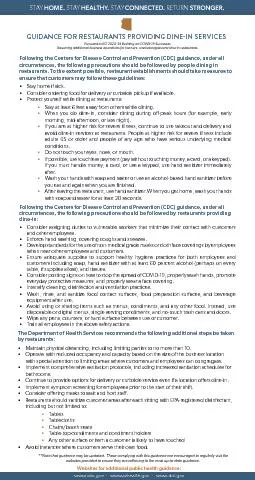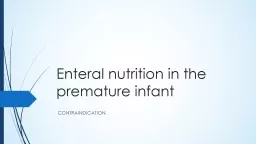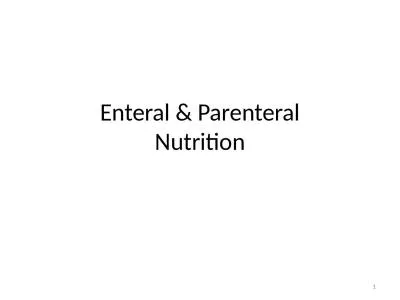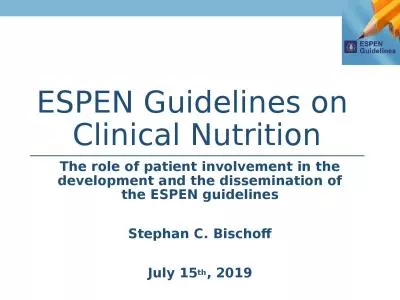PPT-Enteral Nutrition and Its Impact on Hospital Length of Stay
Author : iamamercy | Published Date : 2020-06-17
Scott Austin Dietetic Intern Sodexo Distance Dietetic Internship 1272015 Learning Objectives Understand the differences involved with pre and post pyloric feeding
Presentation Embed Code
Download Presentation
Download Presentation The PPT/PDF document "Enteral Nutrition and Its Impact on Hosp..." is the property of its rightful owner. Permission is granted to download and print the materials on this website for personal, non-commercial use only, and to display it on your personal computer provided you do not modify the materials and that you retain all copyright notices contained in the materials. By downloading content from our website, you accept the terms of this agreement.
Enteral Nutrition and Its Impact on Hospital Length of Stay: Transcript
Download Rules Of Document
"Enteral Nutrition and Its Impact on Hospital Length of Stay"The content belongs to its owner. You may download and print it for personal use, without modification, and keep all copyright notices. By downloading, you agree to these terms.
Related Documents

